Clusia
Owen Lonsdale and Steve Marshall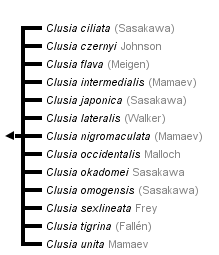


This tree diagram shows the relationships between several groups of organisms.
The root of the current tree connects the organisms featured in this tree to their containing group and the rest of the Tree of Life. The basal branching point in the tree represents the ancestor of the other groups in the tree. This ancestor diversified over time into several descendent subgroups, which are represented as internal nodes and terminal taxa to the right.

You can click on the root to travel down the Tree of Life all the way to the root of all Life, and you can click on the names of descendent subgroups to travel up the Tree of Life all the way to individual species.
For more information on ToL tree formatting, please see Interpreting the Tree or Classification. To learn more about phylogenetic trees, please visit our Phylogenetic Biology pages.
close boxIntroduction

Plate from Handlirsch (1884) showing wings of Clusia species: C. tigrina (figure 9), C. flava (figure 10)
Clusia Haliday (which now includes Paraclusia Czerny and Amuroclusia Mamaev (Lonsdale & Marshall, 2008)) occurs in the Holarctic and Oriental Regions and is comprised of 13 species. Several of these large, showy species are quite commonly encountered in North America and Europe, and consequently, have been discussed at length in the scientific literature over the past 150 years. The family name "Clusiidae" (spelled "Clusiinae" at the time) was even derived from the genus name containing the two frequently-collected European species, C. tigrina and C. flava, by Handlirsch in 1884 (see plate from original publication to right).
Adults are often found on a wide range of deciduous tree species (observations on conifers such as pine and spruce are much less frequent), preferring either stumps or dead, bare wood on standing trunks (Rohácek, 1995; Stubbs, 1982, personal obs.). Stubbs (1982) found adults of C. tigrina most often in August and September on barkless spots of live beech trees.
European Clusia have been reared from the stumps of several deciduous species such as beech, birch and elm (Perry & Stubbs, 1978; Smith, 1950), and have occasionally been reared from conifers (Soós, 1981). North American adults have been reared from 'moist wood', 'dead Populus tremuloides' and the 'cambium of dead maple'. Smith (1950) collected puparia of Clusia flava in a dry beech stump one inch from the surface in early April (emerged towards the end of the month).
Clusia czernyi and C. lateralis are found in northeast North America and C. occidentalis is found along the west coast from British Columbia to California. Clusia tigrina and C. flava are known from Europe, but C. flava is also known from Japan and likely occurs throughout the Palaearctic. Clusia sexlineata is found in Burma and the remaining species are known only from Japan (Sueyoshi, 2006).
Characteristics
The synapomorphies currently used to define Clusia are as follows: one pair of interfrontal bristles; two pairs of stout lateral scutellar bristles that greatly exceed the apex of the scutellum (one pair sometimes lost); arista pubescent to short-plumose (not long-plumose); cross-vein dm-cu surrounded by wide infuscation (secondarily lost in several species); scutellum with central yellow stripe (sometimes expanded to include entire scutellum); epiphallus heavily sclerotized and produced anteriorly. Putative female genitalic characters include: ventral receptacle cylindrical; spermatheca dark (usually with dark reticulated pattern) excluding a small circular region around the point of attachment to the spermathecal duct.

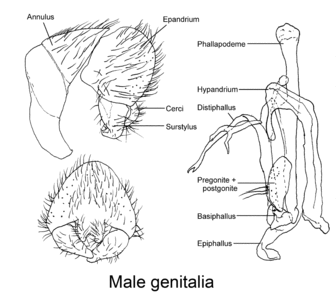
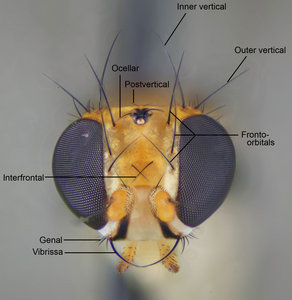
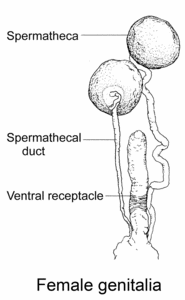
Male genitalia, head chaetotaxy, and female genitalia of Clusia czernyi. © Owen Lonsdale
Discussion of Phylogenetic Relationships
Clusia was redefined by Lonsdale & Marshall (2008) to include the Palaearctic genera Paraclusia and Amuroclusia, which are now considered junior synonyms.
The relationships between the species of Clusia are not fully resolved although the basal position of C. tigrina is fairly certain. A revision of the genus is currently being developed.
Relationship of Clusia to Other Clusiinae
Within the Clusiinae, reduced postverticals and a number of male-specific characters support a relationship between the predominantly Holarctic Clusia and the more southern Melanoclusia (Borneo) (Lonsdale & Marshall, 2008). These male characters are as follows: two rows of posteroventral bristles on the fore and mid femora (also found in the Chilean Clusiidae and Clusiodes), an inner-basal spur on a small, triangular surstylus, a uniquely-shaped pregonite (long, thin, minutely setulose along length and closely-associated with base of phallapodeme) and absence of the lateral lobes of the distiphallus (independently lost in some Sobarocephalinae and most Clusiodinae).
References
Handlirsch, A. 1884. Zwei neue Dipteren. Verhandlungen der [Kaiserlich-Königlichen] Zoologisch-Botanischen Gesellschaft in Wien 1884: 135-142.
Lonsdale, O. & Marshall, S.A. 2006. Redefinition of the Clusiinae and Clusiodinae, description of the new subfamily Sobarocephalinae, revision of the genus Chaetoclusia and a description of Procerosoma gen. n. (Diptera: Clusiidae). European Journal of Entomology, 103: 163-182.
Lonsdale, O. & Marshall, S.A. 2008. Synonymy within Clusia and description of the new genus Melanoclusia (Diptera: Clusiidae: Clusiinae). Annals of the Entomological Society of America 101(2): 327-330
Sueyoshi, M. 2006. Species diversity of Japanese Clusiidae (Diptera: Acalyptrata) with description of 12 new species. -Annales de la Société Entomologique de France 42(1): 1-26; Paris.
Rohácek, J. 1995. Clusiidae (Diptera) of the Czech and Slovak Republics: Faunistics and notes on biology and behaviour. Cas. Slez. Muz. Opava (A) 44: 123-140.
Stubbs, A.E. 1982. An identification guide to British Clusiidae. Proceedings of the Transactions of the British Entomological Natural History Society 15: 89-93.
Perry, I. & A.E. Stubbs. 1978. Dead wood and Sap runs. A Dipterist's Handbook 15: 65-73.
Smith, K.G.V. 1950. The puparium of Clusia flava Mg. (Diptera: Clusiidae). The Entomologist's Monthly Magazine 86:53.
Title Illustrations

| Scientific Name | Clusia czernyi Johnson |
|---|---|
| Location | Northeastern North America |
| Specimen Condition | Live Specimen |
| Sex | Male |
| Life Cycle Stage | Adult |
| Copyright |
© Steve Marshall

|
| Scientific Name | Clusia czernyi Johnson |
|---|---|
| Location | Northeastern North America |
| Specimen Condition | Live Specimen |
| Behavior | In copulae |
| Life Cycle Stage | Adult |
| Copyright |
© Steve Marshall

|
About This Page
Owen Lonsdale

Canadian National Collection of Insects, Arachnids & Nematodes
Steve Marshall

University of Guelph, Canada
Correspondence regarding this page should be directed to Owen Lonsdale at and Steve Marshall at
Page copyright © 2011 Owen Lonsdale and Steve Marshall
 Page: Tree of Life
Clusia .
Authored by
Owen Lonsdale and Steve Marshall.
The TEXT of this page is licensed under the
Creative Commons Attribution-NonCommercial License - Version 3.0. Note that images and other media
featured on this page are each governed by their own license, and they may or may not be available
for reuse. Click on an image or a media link to access the media data window, which provides the
relevant licensing information. For the general terms and conditions of ToL material reuse and
redistribution, please see the Tree of Life Copyright
Policies.
Page: Tree of Life
Clusia .
Authored by
Owen Lonsdale and Steve Marshall.
The TEXT of this page is licensed under the
Creative Commons Attribution-NonCommercial License - Version 3.0. Note that images and other media
featured on this page are each governed by their own license, and they may or may not be available
for reuse. Click on an image or a media link to access the media data window, which provides the
relevant licensing information. For the general terms and conditions of ToL material reuse and
redistribution, please see the Tree of Life Copyright
Policies.
- First online 25 August 2005
- Content changed 24 November 2009
Citing this page:
Lonsdale, Owen and Steve Marshall. 2009. Clusia . Version 24 November 2009 (under construction). http://tolweb.org/Clusia/27675/2009.11.24 in The Tree of Life Web Project, http://tolweb.org/




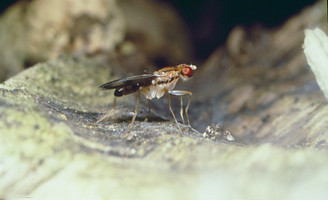
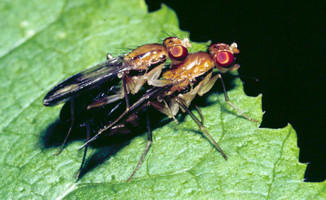
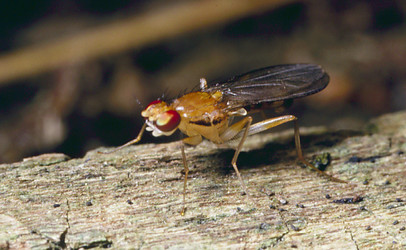
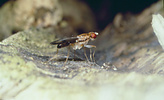
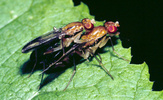

 Go to quick links
Go to quick search
Go to navigation for this section of the ToL site
Go to detailed links for the ToL site
Go to quick links
Go to quick search
Go to navigation for this section of the ToL site
Go to detailed links for the ToL site